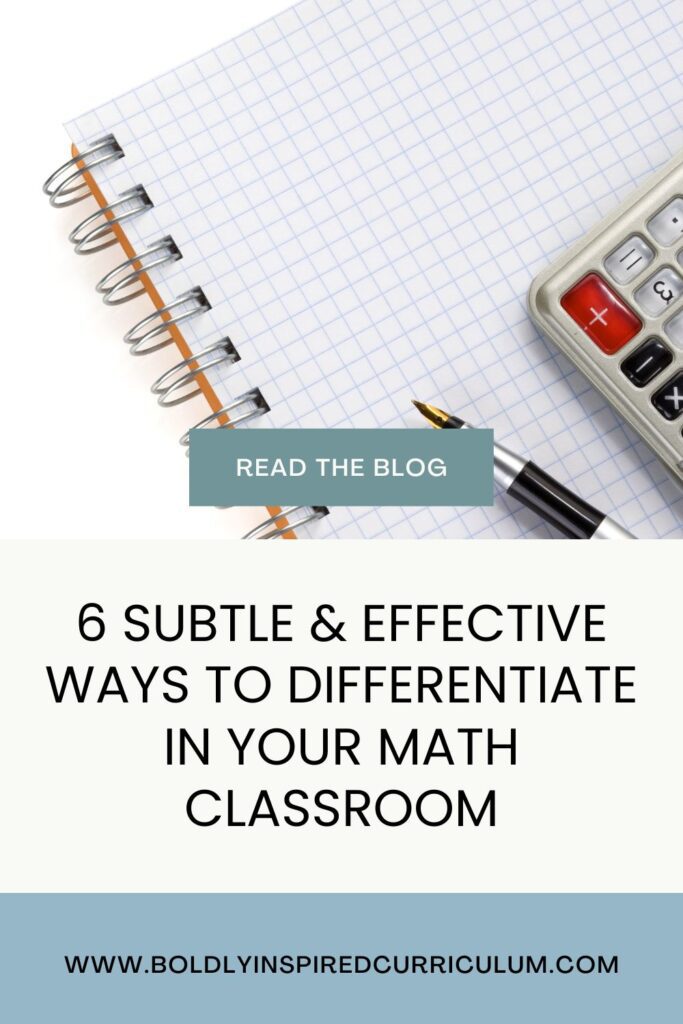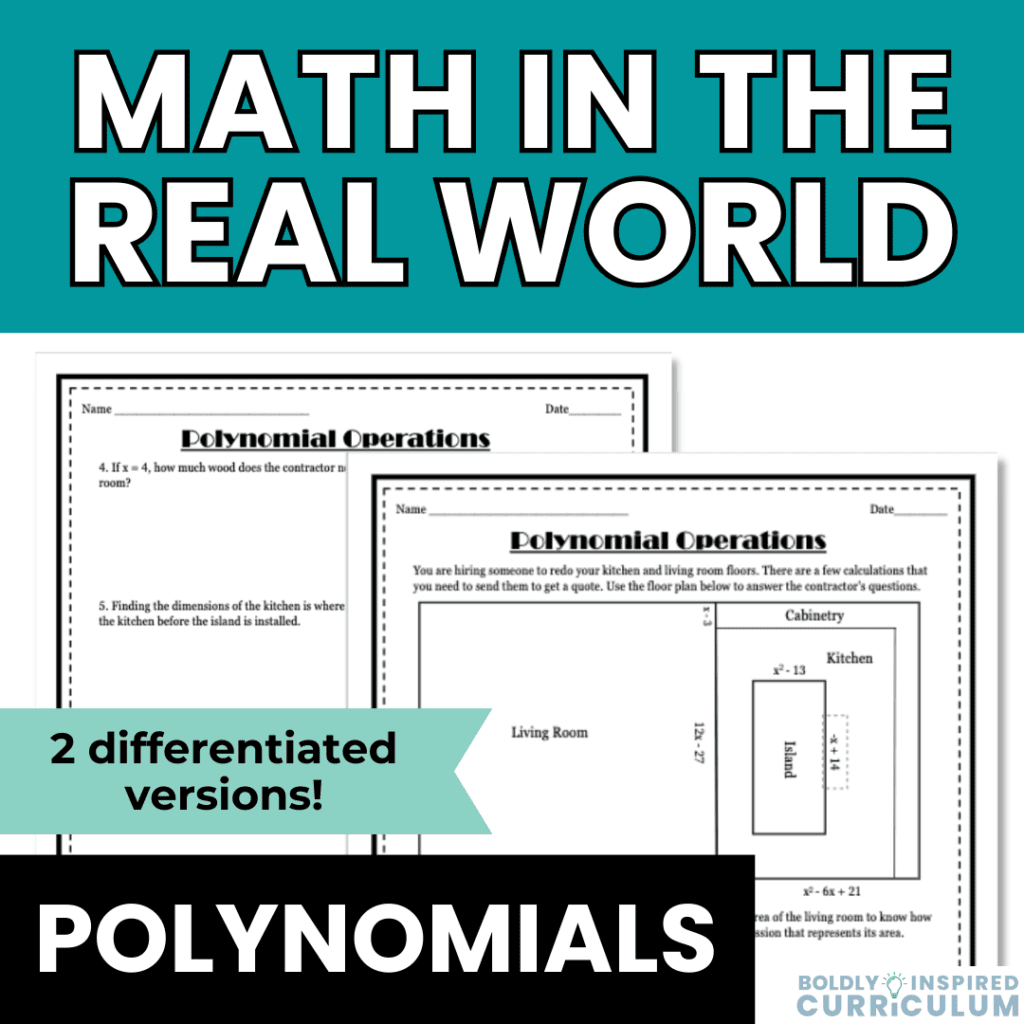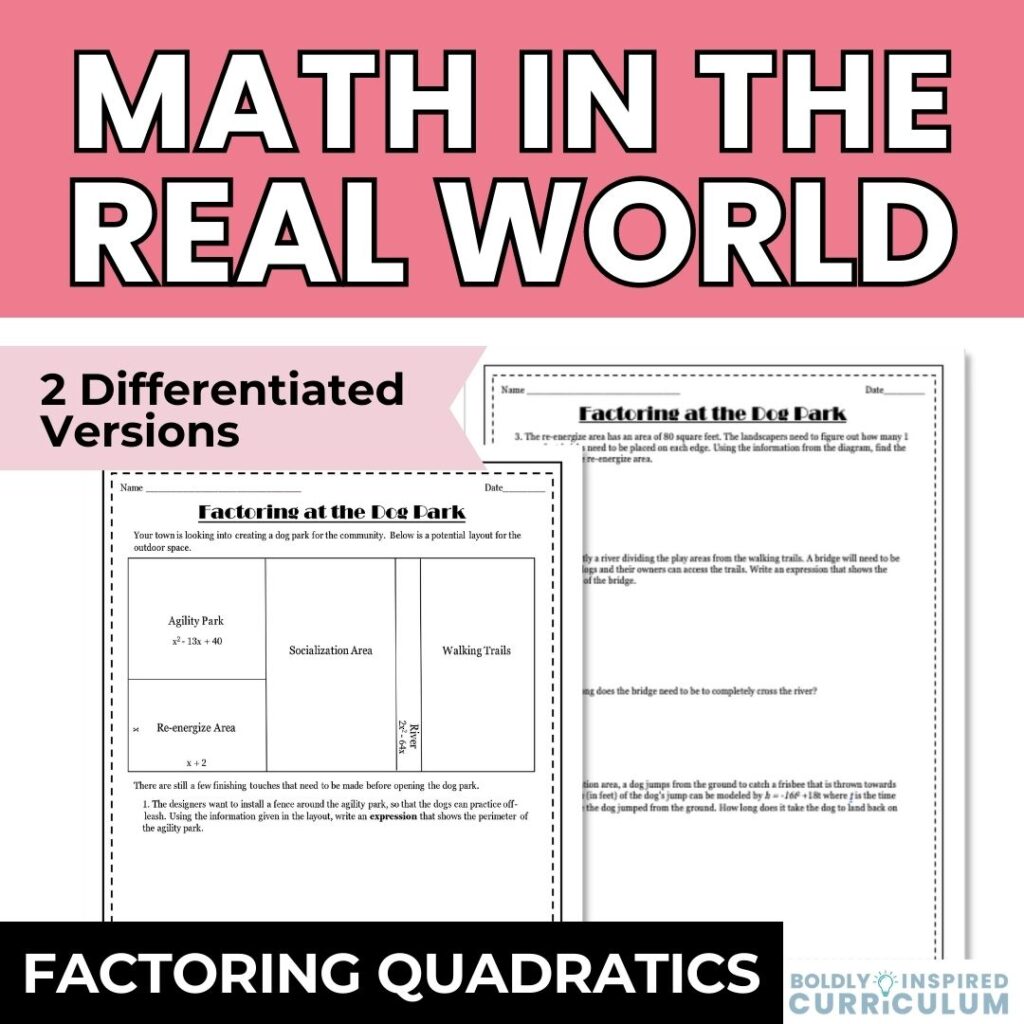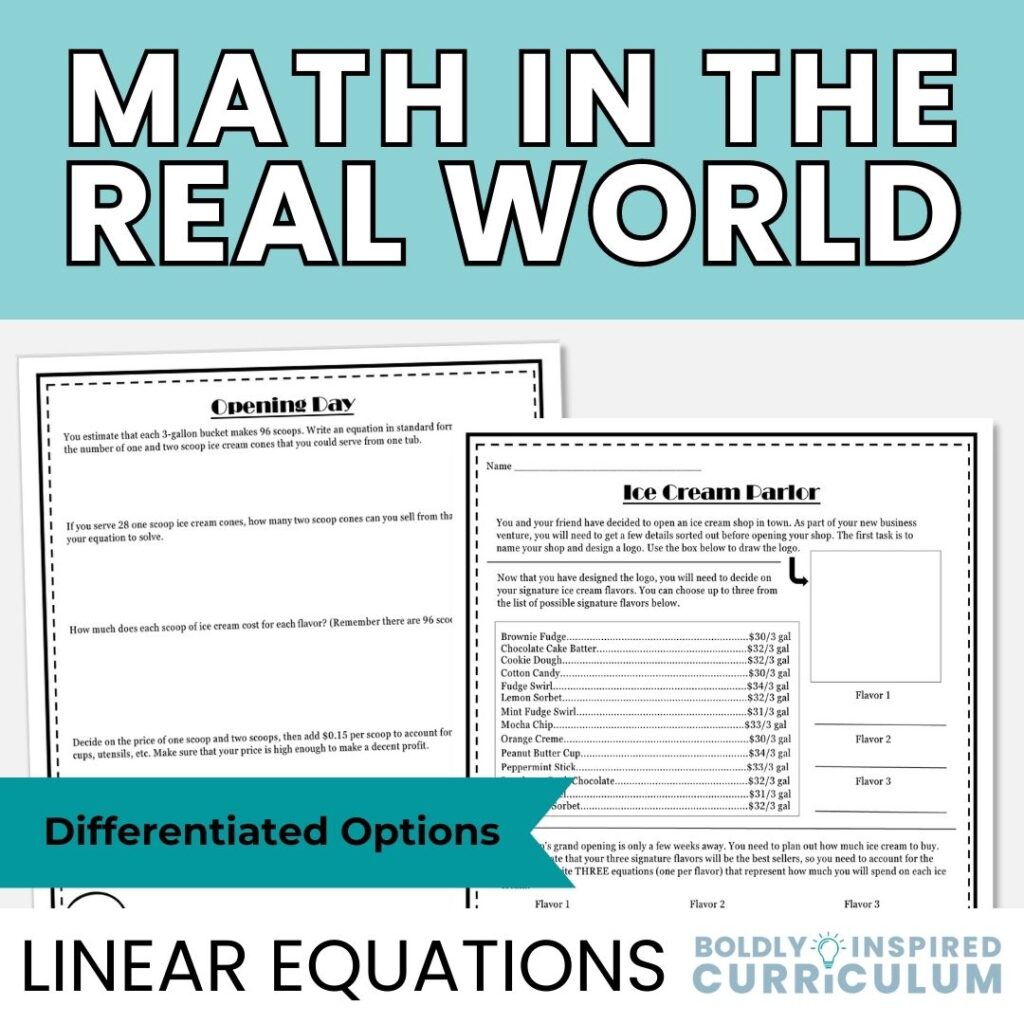Figuring out differentiation and what it actually looks like in a classroom setting is not something that just comes naturally. Differentiated instruction strategies are rarely taught or modeled effectively in educator prep programs.
During my student teaching experience, I was given the suggestion of filling in some blanks on students’ papers to get them started with the assignment. This seemed like a good idea in theory.
When it came time to implement this strategy, all my students were sitting on the carpet and could see each others’ papers. This quickly became a game of “Why is my paper different from their paper?”.
Let’s just say… this lesson crashed and burned before my eyes.
I’ve done a lot of learning and reflecting since then. That whole scenario (among many other failed lessons) made me realize that differentiated instruction strategies need to have two main qualities.
They need to be simple and subtle.
For example, instead of having pre-filled worksheets, I will now check in with students individually and highlight questions or problems I want them to focus on.
This strategy allows the students who take longer to complete their work to feel less overwhelmed by the amount of work that is in front of them. It takes me all of 30 seconds to make this accommodation and the rest of the class is none the wiser.
Table of Contents
ToggleWant to know more about differentiation? Check out these blog posts ↓




